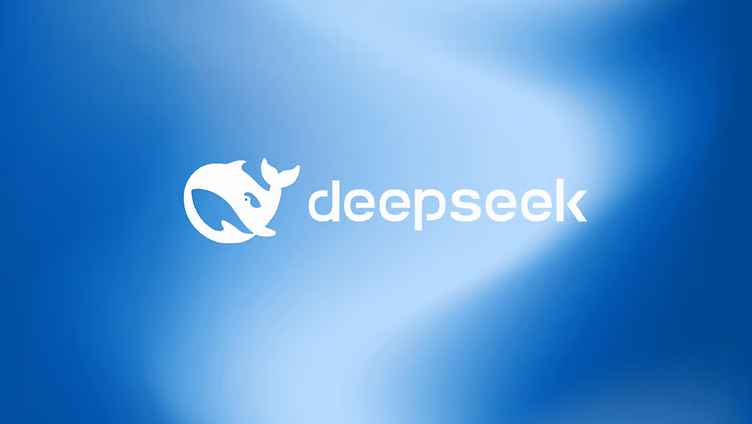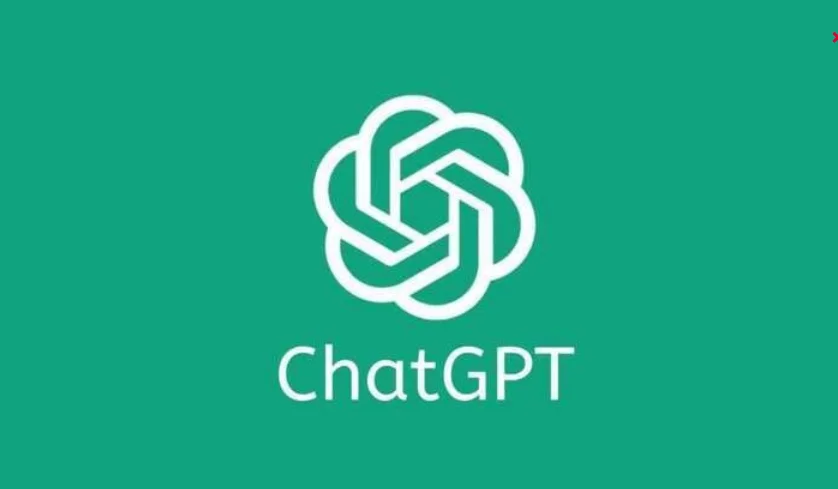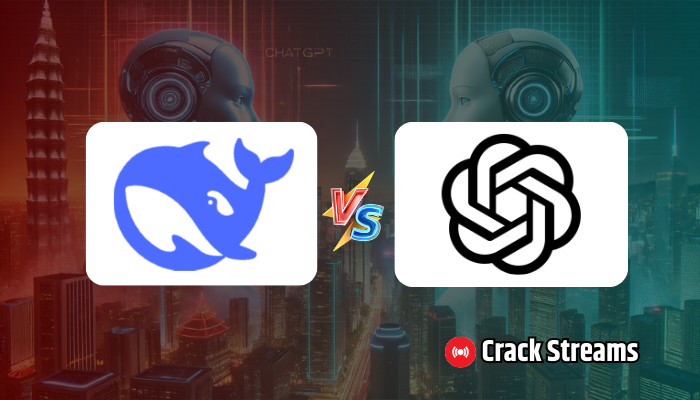Artificial intelligence has revolutionized the way we interact with technology, with AI-powered models like DeepSeek and ChatGPT leading the charge. These models have transformed industries, from customer service to content creation. However, when comparing DeepSeek, an emerging Chinese AI model, to ChatGPT, a global standard developed by OpenAI, the question arises: which one is better? This guide dives deep into the strengths and limitations of both models, making it easier to understand their differences.
Let’s explore the key features, technical aspects, and real-world applications of both DeepSeek and ChatGPT, as well as what makes them stand out in the AI space.
What is DeepSeek?

DeepSeek is a Chinese-developed AI language model that has gained significant attention for its innovation and performance. With cutting-edge advancements, it is positioning itself as a serious competitor to globally renowned models like ChatGPT.
The Origins of DeepSeek
DeepSeek was developed by a prominent Chinese AI company focused on creating efficient and highly capable language models. Its open-source release in 2023 under the MIT license marked a big step for the AI community. Since then, it has continuously evolved through new versions with better features.
Key Features of DeepSeek
- Mixture-of-Experts (MoE) Architecture: Unlike traditional AI models, DeepSeek uses an MoE system. This approach activates only specific parts of the model for each task, making it faster and more resource-efficient.
- Massive Training Data: DeepSeek’s training involves 14.8 trillion tokens from diverse domains, ensuring broad knowledge coverage.
- Open-Source Commitment: Developers around the world can access, modify, and contribute to its development, fostering innovation.
Performance Highlights
DeepSeek has achieved an 87.1% score on the MMLU benchmark, which measures reasoning and understanding across multiple subjects. It has consistently outperformed other models in coding, language understanding, and reasoning tasks.
What is ChatGPT?

ChatGPT is one of the most widely used AI models in the world, developed by OpenAI. Known for its conversational abilities, it has been instrumental in making AI accessible to everyday users.
The Evolution of ChatGPT
- GPT-3: Released in 2020, it laid the foundation for modern conversational AI with its massive training data and exceptional language understanding.
- GPT-4: Launched in 2023, GPT-4 introduced multimodal capabilities, allowing it to process both text and images seamlessly.
- Accessibility: ChatGPT is available on platforms like ChatGPT Plus, enabling users to interact with the model in multiple languages and styles.
Key Features of ChatGPT
- Transformer Architecture: ChatGPT uses a self-attention mechanism that makes its responses coherent and contextually accurate.
- Diverse Applications: From writing essays to coding assistance, ChatGPT is versatile and adaptable.
- Fine-Tuning Capabilities: Businesses can fine-tune the model for specific tasks, making it highly customizable.
Performance Metrics
ChatGPT has excelled in benchmarks like natural language understanding, summarization, and translation tasks. Its wide range of abilities makes it a go-to solution for professionals and hobbyists alike.
Comparing DeepSeek and ChatGPT
While both models have their unique strengths, a direct comparison highlights their differences across key areas.
1. Performance and Efficiency
- DeepSeek: Its MoE architecture allows it to process tasks more efficiently by activating only relevant parts of the network. This results in faster responses and lower computational costs.
- ChatGPT: ChatGPT uses the entire model for processing, which can make it slightly slower in comparison but ensures consistent output quality.
2. Accuracy and Reasoning
- DeepSeek has demonstrated superior performance in specific areas like coding competitions and complex problem-solving tasks, making it ideal for technical applications.
- ChatGPT remains strong in conversational fluency, making it more user-friendly for general-purpose use.
3. Open-Source vs. Proprietary
- DeepSeek is fully open-source, encouraging collaboration and innovation within the developer community.
- ChatGPT, while highly accessible, remains proprietary, limiting customization for advanced developers.
4. Real-World Applications
- DeepSeek is better suited for industries requiring technical precision, such as software development and academic research.
- ChatGPT shines in customer service, creative writing, and general education.
Implications of DeepSeek’s Emergence
The rise of DeepSeek has brought significant changes to the global AI landscape. Its success demonstrates the growing competitiveness of Chinese AI companies.
Impact on the AI Industry
DeepSeek’s cost-effective approach has forced other companies to rethink their development strategies. By achieving high performance with fewer resources, it sets a new standard for efficiency.
Ethical and Regulatory Concerns
DeepSeek’s compliance with Chinese regulations raises concerns about content neutrality and censorship. On the other hand, its open-source nature emphasizes the need for ethical AI usage.
Conclusion
In the debate over whether DeepSeek is better than ChatGPT, the answer depends on your needs. DeepSeek excels in technical precision and efficiency, while ChatGPT offers broader usability and conversational ease. Both models contribute significantly to the AI landscape, driving innovation and setting benchmarks for the future.
As competition grows, these models will continue to evolve, bringing even more exciting advancements to AI technology. The choice ultimately comes down to the specific use case and preferences of the user.







